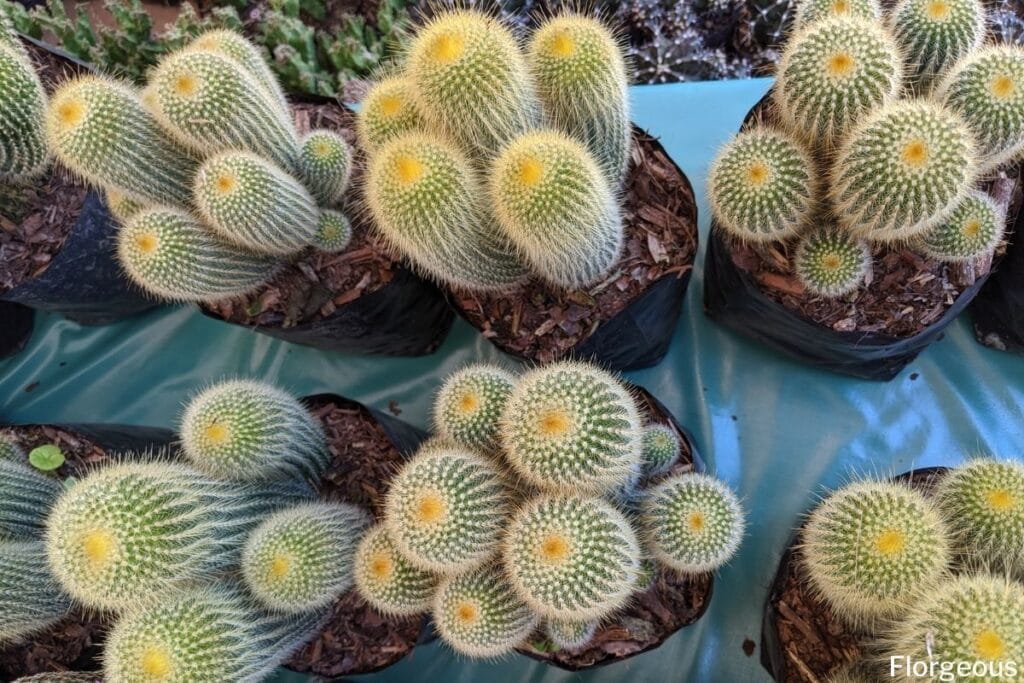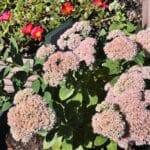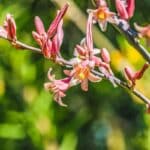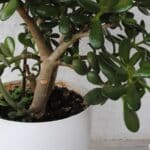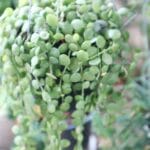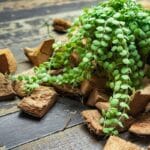Aside from light and water, another most important factor to consider in growing succulents is the soil. It either makes or breaks your succulents so you shouldn’t be complacent with just any kind of soil for this type of plant.
There are a lot of ready-mix soil packs in the market and you can even create your own but the key to a good growing medium for succulents is to consider the needs of the plants. Succulents will generally grow in a sandy, well-draining soil but the good thing about gardening succulents is you can provide them with a variation of this growing medium that will help them thrive their best.
Here are the things you should consider in choosing the best type of growing medium for your succulent plants.
Importance of Soil in Succulent Growth

Contrary to what many people think, succulents do not just grow in plain soil or sand per se. They need a growing medium with a balanced drainage, soil structure, and nutrient composition. These characteristics should be present in a succulent potting mix, otherwise growing them will be extra tedious (1).
The plant roots take anchorage in the soil and turgid succulents need the support for their rather heavy above parts potting soil. That’s why the soil has to be stable and breathable to establish a good root system.
In growing succulents, soil and water go hand in hand and watering properly will be for nothing if the soil isn’t right (2). The soil should retain enough water not just for moisture but to provide the oxygen for its processes. This means that the soil should be able to hydrate the plants without suffocating them.
Many potted succulents also end up lanky and dull because they lack proper nourishment so it is essential that the growing medium can provide the minerals needed to keep these plants flourishing.
The Right Soil
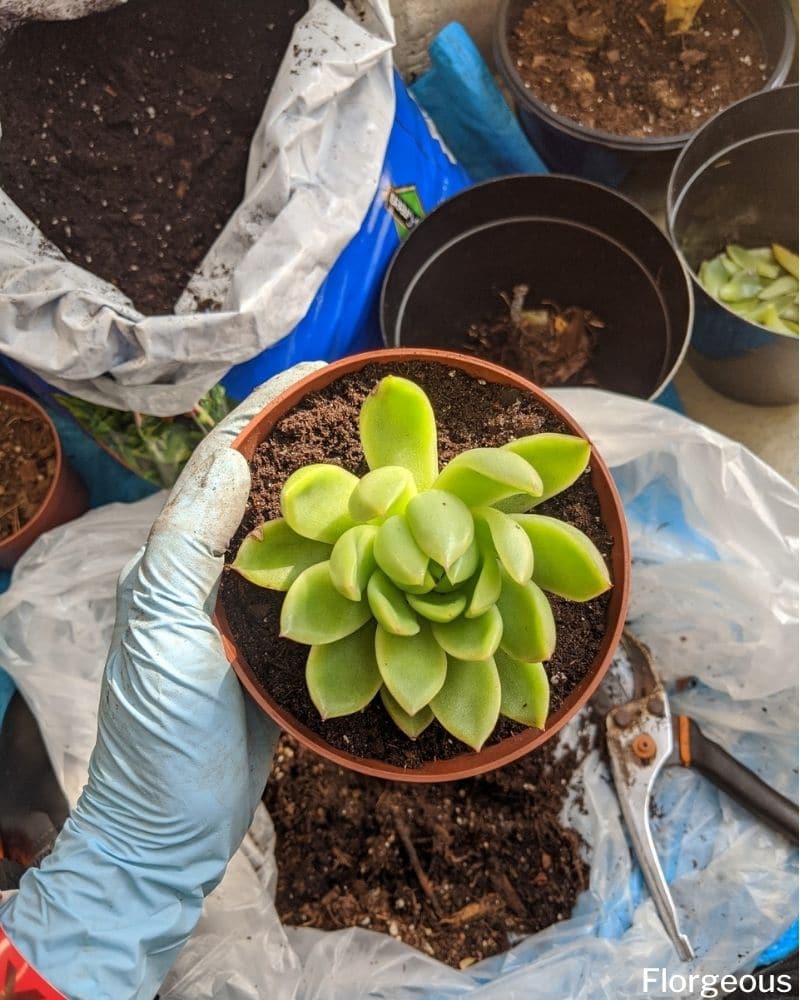
Succulents do not need to grow in an elaborate mixture of soil. Keeping the characteristics of a good potting mix in mind, these plants generally just want good drainage to thrive and when we talk about good drainage, it boils down to the ratio of the organic and inorganic components of the growing medium (3).
The organic component refers to the materials that provide nutrients and hold moisture in the mix. This can be humus, compost, coco coir, peat moss, rice hull, wood fiber, etc. The inorganic component, on the other hand, makes the soil looser and increases the density of the growing medium like pumice, gritty sand, perlite, etc. These materials can be mixed together in varying amounts depending on your preference.
Since succulents prefer a gritty, well-draining environment, it is imperative that the amount of inorganic material in a soil mix is higher than the organic component. A good soil mix, especially for potted succulents, leans towards a grainy soil mixture with a ratio of 70-80% inorganic material to 20-30% organic material.
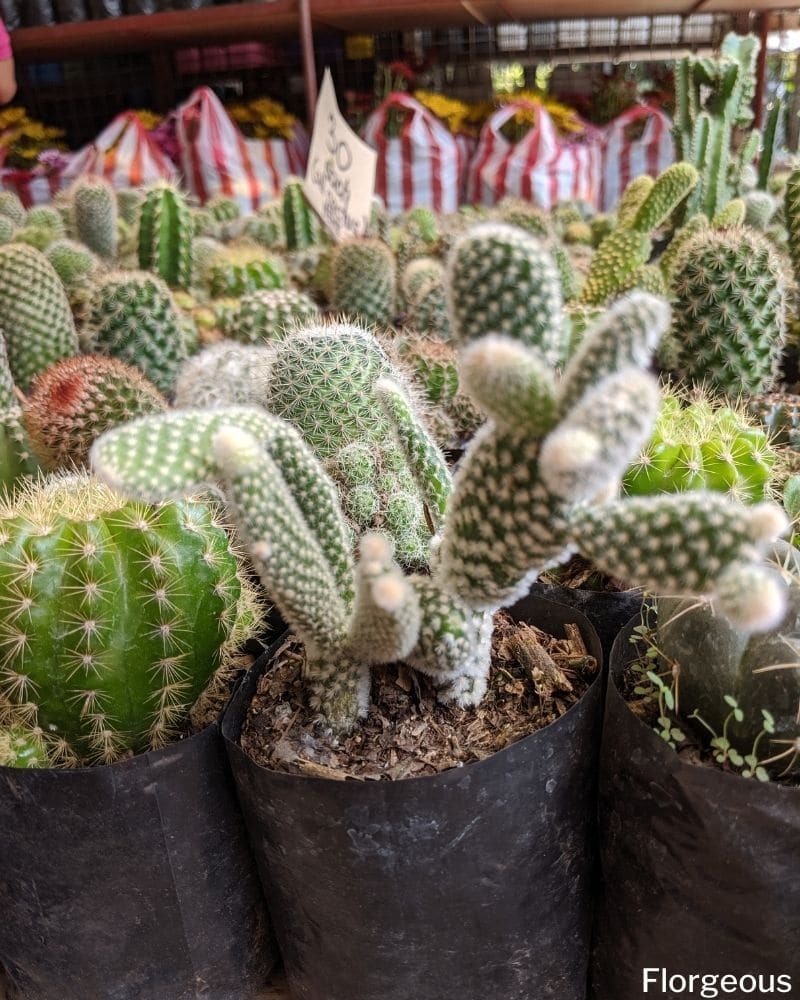
Also keep in mind that succulents grow best in slightly acidic soil with 6-7 pH. There are products available commercially that will help adjust soil pH such as agricultural lime and compost. If your succulents are to be grown directly in the garden, it is recommended to have the soil tested so you can apply the necessary soil correction (3).
Analyze your soil by performing these easy steps. Dig a medium pot-size hole in the ground and fill with water. If it drains within a few minutes, the soil is too sandy so addition of organic materials is required.
If it takes an hour or so to drain, the soil is mostly clay and the succulents will have a hard time surviving in this. It is best to replace the soil with a succulent potting mix, create a mound on the existing soil or build a planter on top.
Mulches and Containers
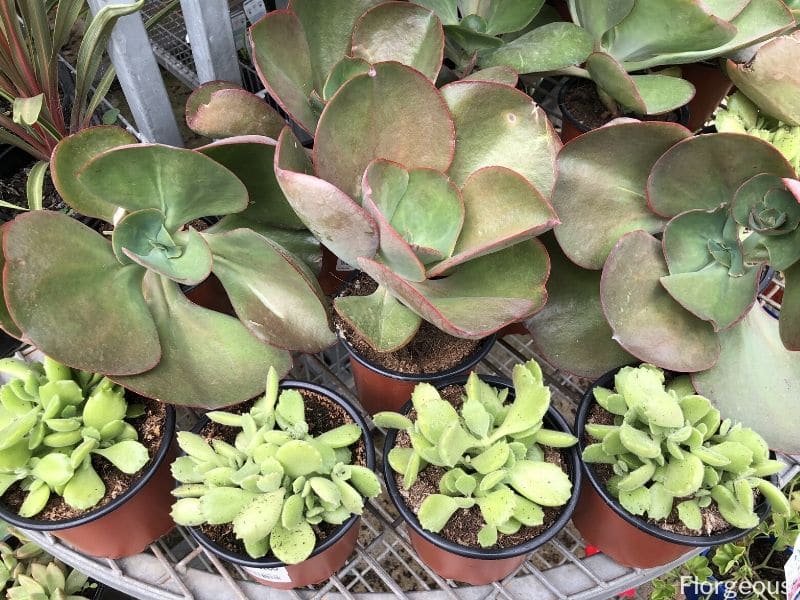
Although technically not a part of the potting mix, what goes on top of the regular potting soil such as mulches should also be considered in growing succulents. Mulches or topdressings have their effects in regulating temperature and moisture in the soil.
Organic materials decay over time so inorganic materials like crushed rocks and pebbles that will not serve as a site for pests and diseases are best for succulents. They discourage weed growth, allow water and rain to percolate into the soil, insulate the growing medium, and they also come in different colors for decorative purposes (3).
Now that we’ve established a succulent’s need for well-draining soil, it should be apparent that the plant and its growing medium be in a container that has drainage too, especially those grown indoors. Otherwise, the water will not exit the pot, keep your soil saturated, and leave your succulent rotting.
Soggy soil can lead to root problems and hinder healthy plant growth. Remember, well-draining soil is essential for succulents’ overall health and vitality.
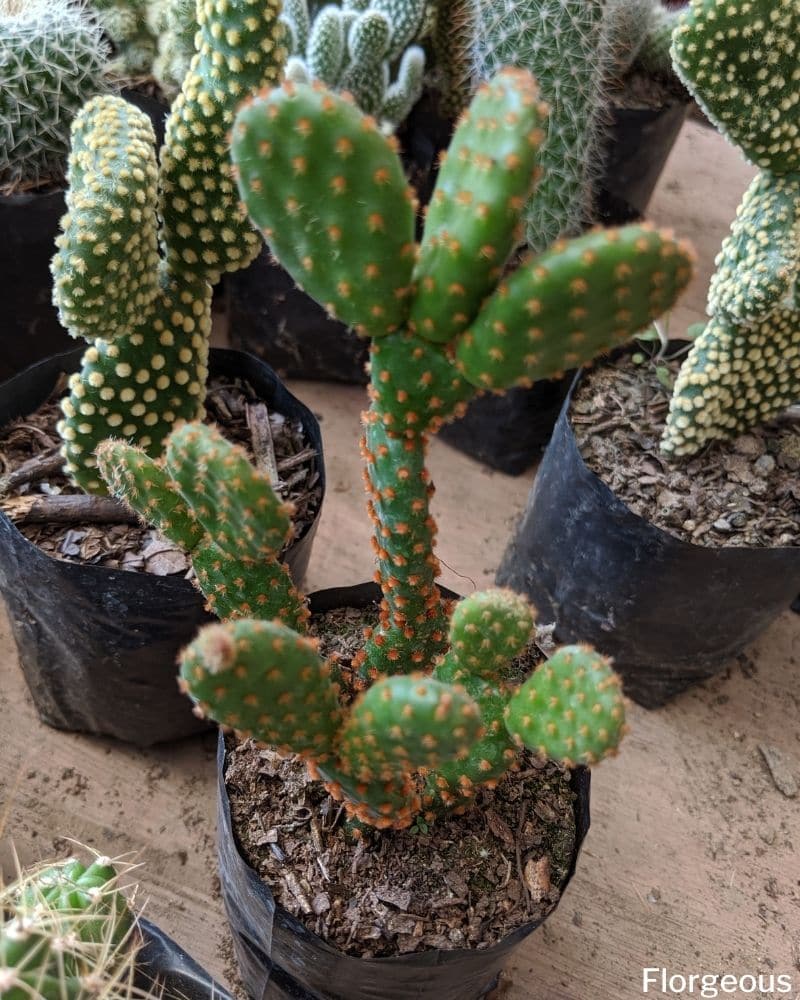
Pots and containers are made from different kinds of materials, each having their own characteristics and contribution to retaining water in the growing medium. Plastic, bottles, and glazed ceramics are generally water-resistant so moisture is lost only through the soil surface. This can require less frequent watering.
Terracotta pots are porous and will release moisture on all sides so more frequent watering may be required but in a way, it prevents the issue of over-watering too.
The choice of pots is basically a matter of preference but these characteristics should be kept in mind together with your potting mix to provide your succulents with the best growing conditions. Regardless of the type of pot you use, make sure that it has at least one hole at the bottom for drainage (4).
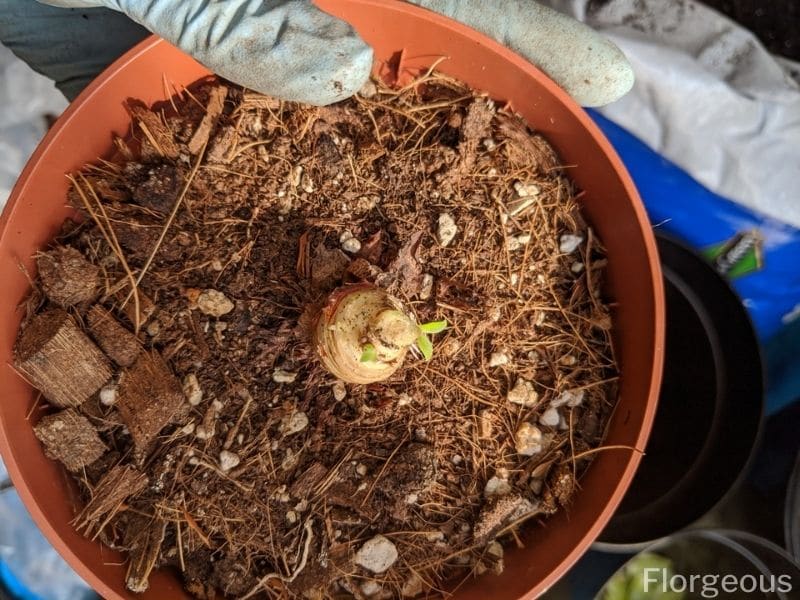
How to Make Your Own Succulent Potting Mix Formula
Nursery or store-bought succulents usually come in standard potting soil which is high in organic materials like peat moss. This retains too much water and if plants are kept in this growing medium for too long, they may end up with a root rot and decline over time (2).
It is recommended to repot newly purchased succulents as early as when you get home. The plants may already be stressed due to transportation but it is better to repot them immediately rather than let them recover and then disturb their system by replanting your succulents later on.
What kind of soil do succulents need?
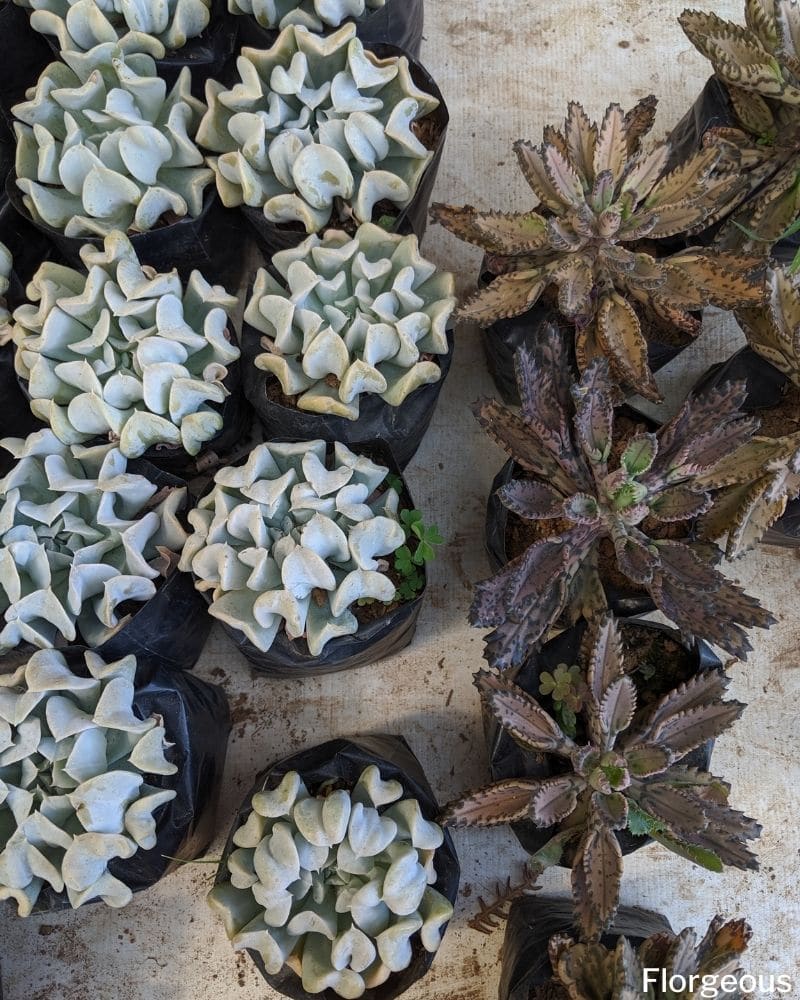
There are commercial formulas prepared just for succulents and cacti and they are a safe choice when dealing with several succulents at home. If you’re thinking of planting in a higher volume, you may want to consider creating your own potting mix. This way, you’ll be more familiar with what your plant is growing on.
The most common course inorganic materials used today are horticultural pumice and perlite, while organic matter like coco coir and peat moss are proven to hold enough moisture for succulents. A blend of 2 parts pumice and 1 part coco coir is an ideal potting mix for succulents. This mixture absorbs enough water but dries quickly to avoid rot.
This succulent potting mix formula will be affected by your watering regimen but the good thing about making your own potting mix is that you can fine-tune the best ratio that works for you and your succulents. If you tend to water your plant frequently, you should add more inorganic material and if you under-water, add more organic material instead (4).
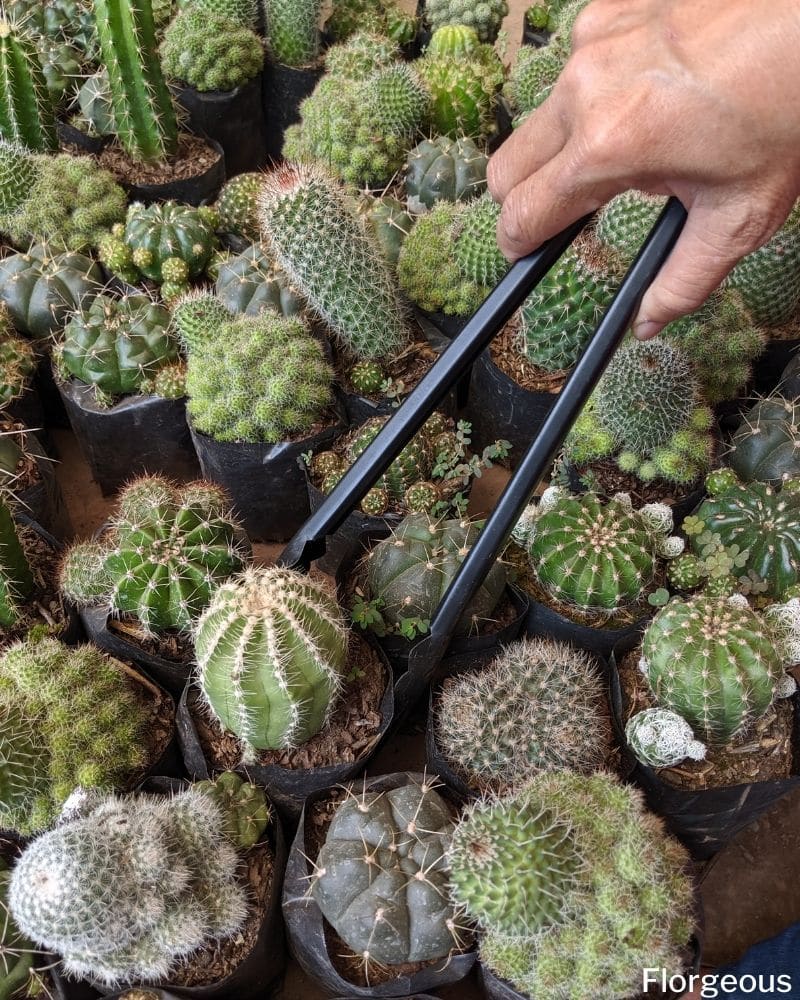
The Best Potting Mix for Succulents and Cactus
Choosing the right succulent soil is the first step to success. Here are our top recommendations for potting soil for succulents.
1. The Next Gardener’s Professional Mix Soil
The Professional Mix Soil is recommended for succulents, cactus, bonsai, and other drought tolerant plants that thrive in acidic soil. One of the cheapest in the market, it offers bags in 2, 4, and 8 quarts and can fill up to 20 2” size pots. The formula is 75% substrate and 25% perlite with low fertilizer and a pH of 5.5.
This pre-mixed blend is light-weight and well-draining preventing root rot and overwatering. It can be used to root ornamental plants like dracaenas and with additional potting mix, it can serve as a good growing medium for ferns and other houseplants.
If you’re a newbie, this succulent soil mix is great for your collections.
2. Superfly Bonsai’s Succulent & Cactus Soil Mix
This Superfly Bonsai succulent and cactus soil mix is one of the more expensive brands because of the imported materials used and their effectiveness in successfully growing succulents. It is a blend of ¼ hard Japanese akadama which is a type of volcanic soil, ¼ USA pumice, ¼ New Zealand pine bark, and ¼ haydite which is a light and porous rock.
This blend comes in packages of 1.25, 2.5, 6, and 12 quarts. It is specifically formulated for succulents and cacti, providing drainage, water and nutrient uptake, as well as aeration. Because the akadama changes color when wet, it serves as an indication of when to water next, making sure that you don’t overwater your succulents.
3. Espoma’s Organic Cactus Mix
Espoma’s cactus soil mix is sold in a 4-quart bag which can last up to 5 2” size pots. This cactus potting soil is an organic mix made from peat humus, sphagnum moss, sand, perlite, earthworm castings, and dolomitic limestone. They also enhanced the formula with myco-tone, their proprietary blend of several mycorrhizae strains that promotes root growth and reduces drought and transplant stress to plants.
The blend leans on the denser side because of the organic components. Because of this, it can also be used to grow palms and citrus. Although the formula readily drains upon watering, it has the tendency to turn compact over time so addition of perlite may be necessary.
4. Wonder Soil’s Premium Cactus & Succulent Mix
A true wonder, the Wonder Soil potting mix has a dry compressed coco coir base so when you add water, the medium will expand as it absorbs the moisture. It is packaged in 3 and 6 lbs bags but expands up to 12 and 24 quarts, respectively so for a 4” pot, you will only need 1/3 cup of the mixture. Pay extra attention to the instructions as the soil mixes may overfill the pot after watering your plant.
It boasts a scientific blend of organic materials such as mycorrhizae, worm castings, and humus with nutrients, rock minerals, magnesium, and gypsum. Although it is recommended for succulents and cacti, the formula can be further mixed with organic materials and be used to propagate and grow common indoor plants.
However, be sure to use a pot with drainage holes when using Wonder Soil, as with any succulent or cacti potting mix. This ensures excess water can drain freely, preventing root rot.
5. Sun Gro Horticulture’s Black Gold Cactus Mix
A relatively cheap succulent and cactus formula, the Black Gold Cactus Mix is 8 quarts per pack and can fill 10 2” pots. It has a gritty texture due to the high inorganic components which includes volcanic pumice, perlite, and coarse sand. They also added forest humus to provide and retain just the right amount of nutrients and water.
Aside from being an effective potting mix for succulents, this blend can also serve as a medium to germinate and grow seeds of several ornamental plants like aloes and aroids. The porous nature of the mix makes it easy to transplant the seedlings into individual containers.
Once you master the good succulent soil topic, it’s also worth it to learn more about succulent grow light.
FAQs
Is cactus soil good for succulents?
Cactus soil, which is typically well-draining and fast-drying, can be suitable for many types of succulents.
Should succulents be in soil or rocks?
Succulents can thrive in either soil or rocks, depending on their individual requirements and the growing conditions provided. In soil, succulents need a well-draining mix to prevent root rot, while in rocks, they require proper air circulation to avoid moisture buildup around the roots.
Do succulents like poor soil?
While succulents are adapted to thrive in arid environments and can tolerate poor soil conditions, they still require well-draining soil to prevent root rot and other issues.
See more: Best soil for houseplants
References
Reference list
(1) Chapman, P. & Matin, M. A Gardener’s Guide to Cacti and Succulents. Salamander. 1988. P. 160.
(2) Tuttle, C. Succulents. Penguin. 2015. P. 288.
(3) Baldwin, D. Designing with Succulents. Timber Press. 2017. P. 304.
(4) Bagnasco, J. & Redmuiller, B. Success with Succulents: Choosing, Growing, and Caring for Cactuses and Other Succulents. Cool Springs Press. 2017. P. 192.
Close

